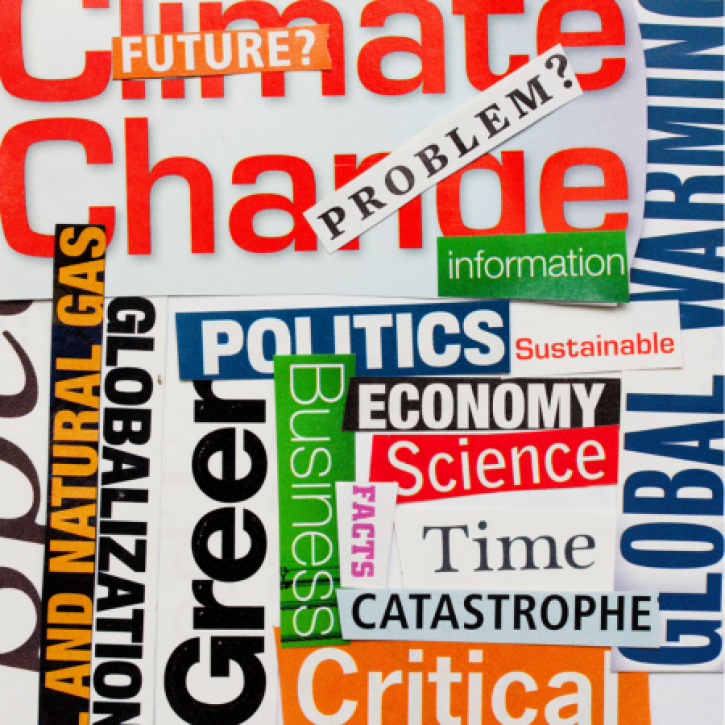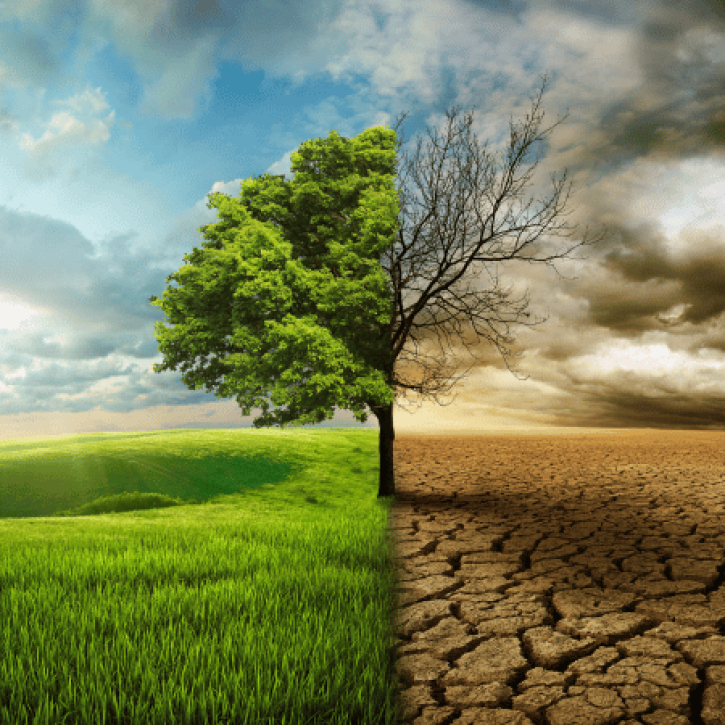

VIRTUAL | Climate Change and the World’s Three Poles: The Arctic, Antarctic and Himalaya
LOCATION
Climate change is having rapid and dramatic impacts on glacier ice and snow at three of the World’s poles: the North Pole, the South Pole, and the world’s highest point, the glaciers of the Himalaya. In the Arctic, the Greenland Ice Sheet is experiencing increased summer melt, and we are witnessing a great increase in ice discharged into the ocean. The Arctic sea ice extent is decreasing, exposing more dark ocean water which absorbs heat and amplifies warming. In the Antarctic, we are seeing rapid changes in the floating ice shelves that surround the continent, which are thinning and have increased surface melt. The great outlet glaciers that drain the Antarctic Ice Sheet are also shrinking, driving global sea level rise. In the Himalaya, hundreds of millions of people depend on glaciers for water, for irrigation, industry and domestic consumption. As the glaciers here shrink, they will provide less water for downstream populations, providing more tension in an already water-stressed region. Himalayan glaciers are frequently covered in rock debris, making their response to climatic changes highly non-linear and difficult to predict. Working at high-elevation is challenging but if models projecting future glacier change in the region are to be considered robust, the collection of field data is essential. This event brought together experts in ice at the Earth’s three poles for three exciting talks and an engaging panel discussion in order to explore climate change at the world’s highest, most northern and most southerly points.
Agenda
28th Apr 2022 13:00 - 14:00
Session Chair: Bethan Davies
Session schedule
Hide| Time | Title | Speaker |
|---|---|---|
| 13:00 | Welcome | Prof L Bentley FRMetS |
| 13:02 | Introduction | Dr B Davies |
| 13:05 | Melting Ice and the Future of Antarctica | Dr E Gilbert FRMetS |
| 13:15 | What is Happening to the Greenland Ice Sheet? | Dr J Lea |
| 13:25 | EverDrill: An Insight into the Thermal Conditions of a Himalayan Debris-Covered Glacier | Dr D Quincey |
| 13:40 | Audience Q&A | - - - |
| 14:00 | Meeting Close | - - - |
Registration
REGISTRATION IS NOW CLOSED
Resources
Climate change is having rapid and dramatic impacts on glacier ice and snow at three of the World’s poles: the North Pole, the South Pole, and the world’s highest point, the glaciers of the Himalaya. In the Arctic, the Greenland Ice Sheet is experiencing increased summer melt, and we are witnessing a great increase in ice discharged into the ocean. The Arctic sea ice extent is decreasing, exposing more dark ocean water which absorbs heat and amplifies warming. In the Antarctic, we are seeing rapid changes in the floating ice shelves that surround the continent, which are thinning and have increased surface melt. The great outlet glaciers that drain the Antarctic Ice Sheet are also shrinking, driving global sea level rise. In the Himalaya, hundreds of millions of people depend on glaciers for water, for irrigation, industry and domestic consumption. As the glaciers here shrink, they will provide less water for downstream populations, providing more tension in an already water-stressed region. Himalayan glaciers are frequently covered in rock debris, making their response to climatic changes highly non-linear and difficult to predict. Working at high-elevation is challenging but if models projecting future glacier change in the region are to be considered robust, the collection of field data is essential. This event brought together experts in ice at the Earth’s three poles for three exciting talks and an engaging panel discussion in order to explore climate change at the world’s highest, most northern and most southerly points.
Agenda
28th Apr 2022 13:00 - 14:00
Session Chair: Bethan Davies
Session schedule
Hide| Time | Title | Speaker |
|---|---|---|
| 13:00 | Welcome | Prof L Bentley FRMetS |
| 13:02 | Introduction | Dr B Davies |
| 13:05 | Melting Ice and the Future of Antarctica | Dr E Gilbert FRMetS |
| 13:15 | What is Happening to the Greenland Ice Sheet? | Dr J Lea |
| 13:25 | EverDrill: An Insight into the Thermal Conditions of a Himalayan Debris-Covered Glacier | Dr D Quincey |
| 13:40 | Audience Q&A | - - - |
| 14:00 | Meeting Close | - - - |
Registration
REGISTRATION IS NOW CLOSED






